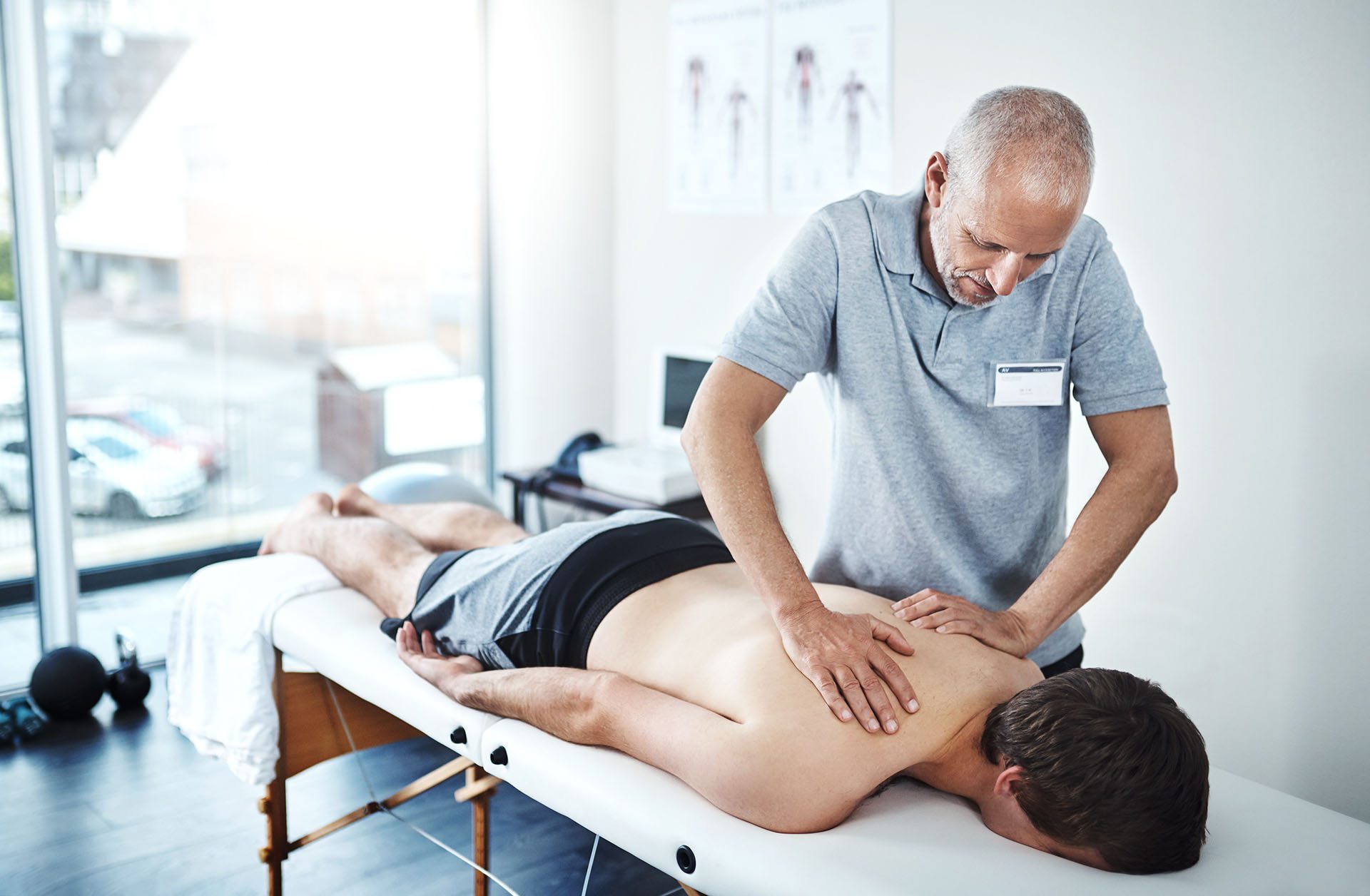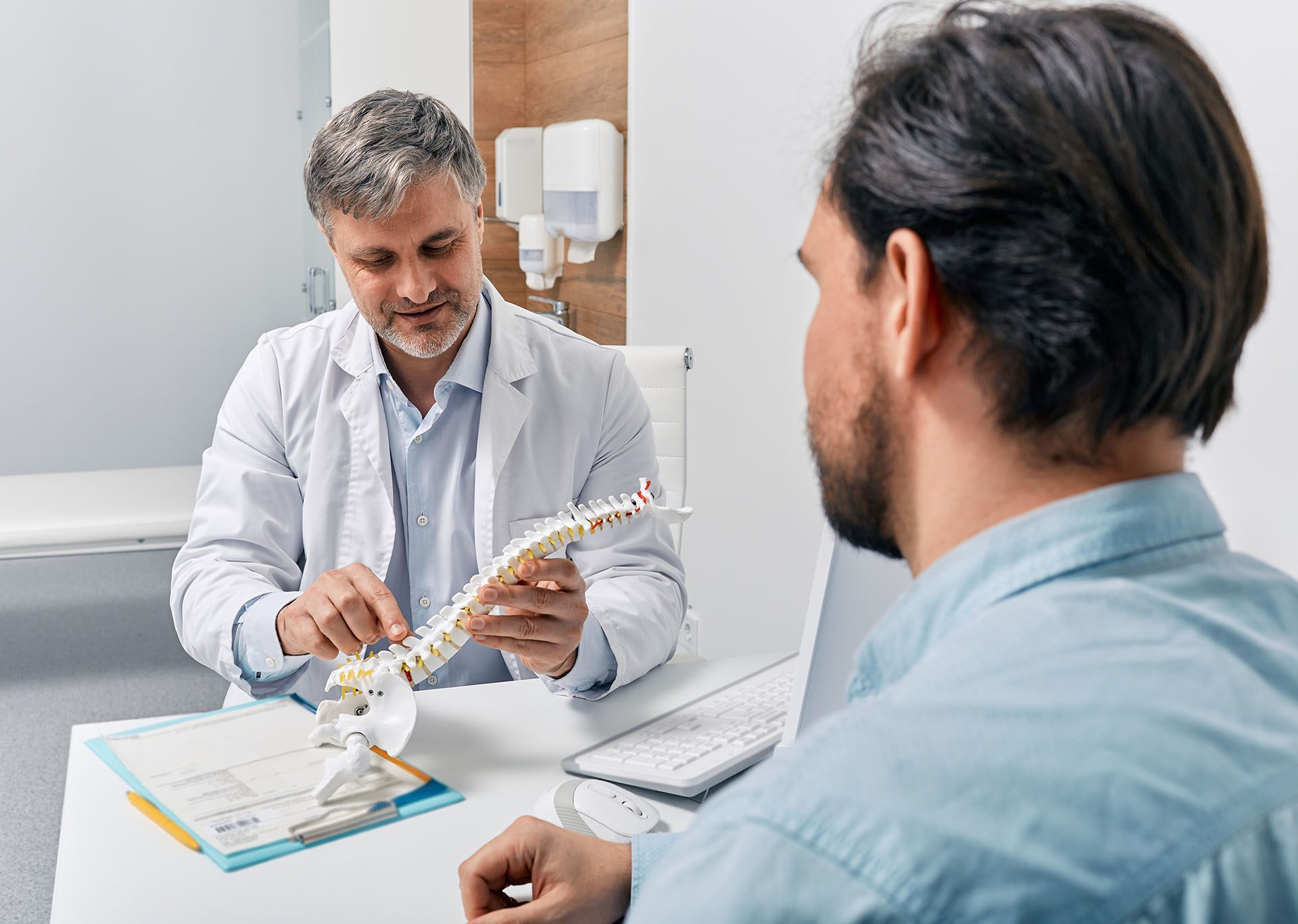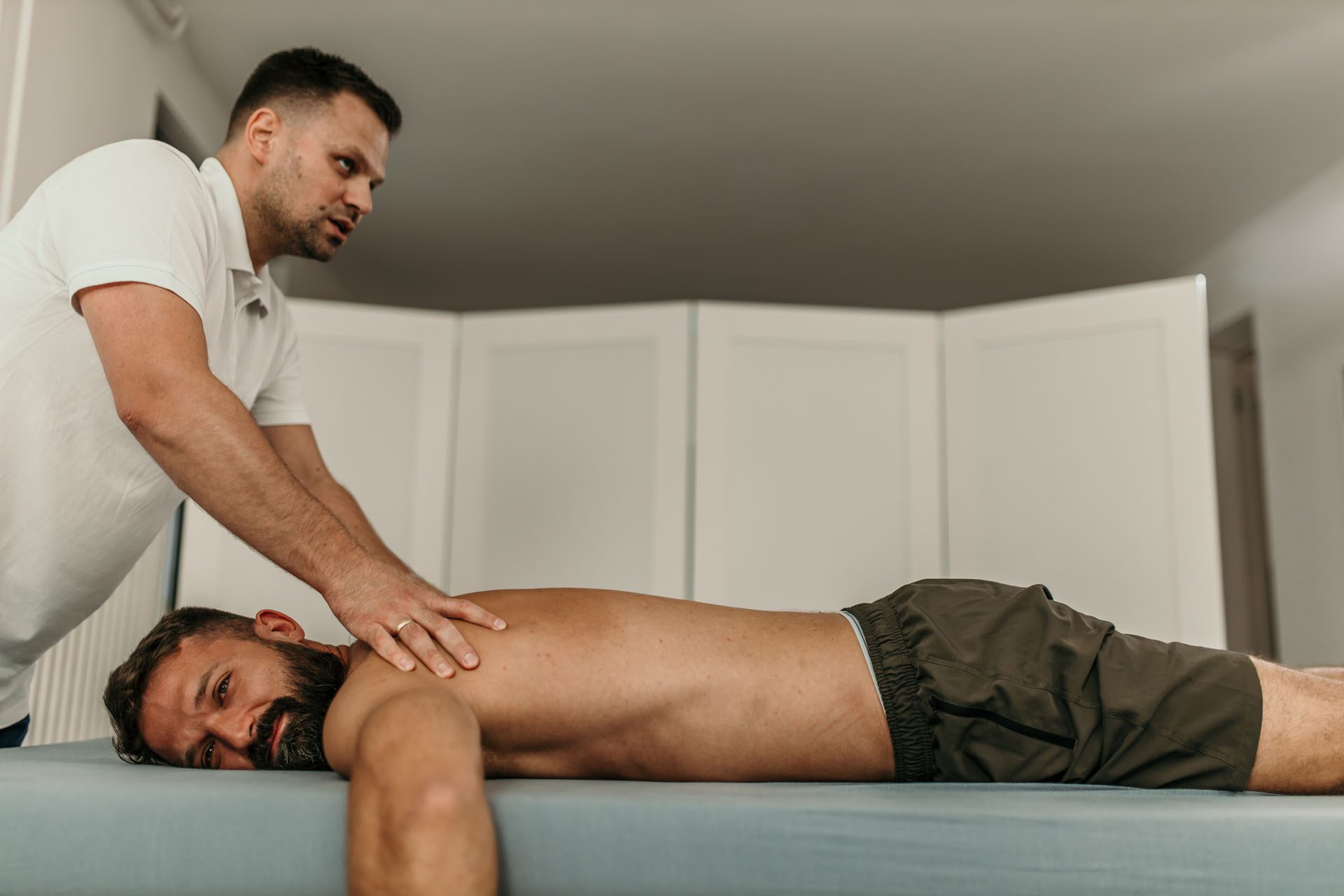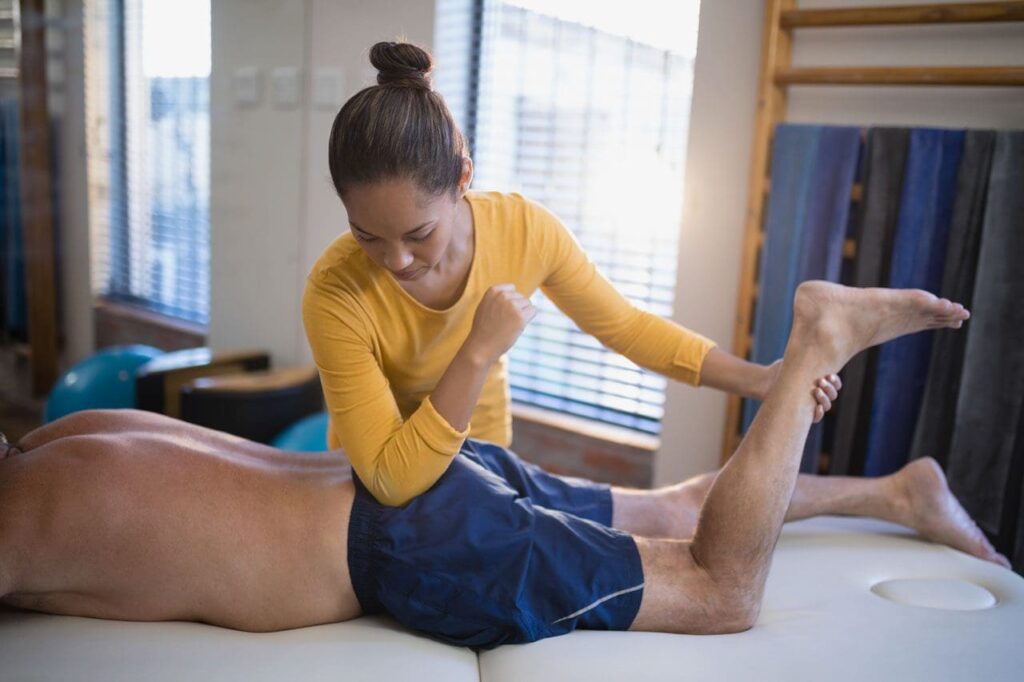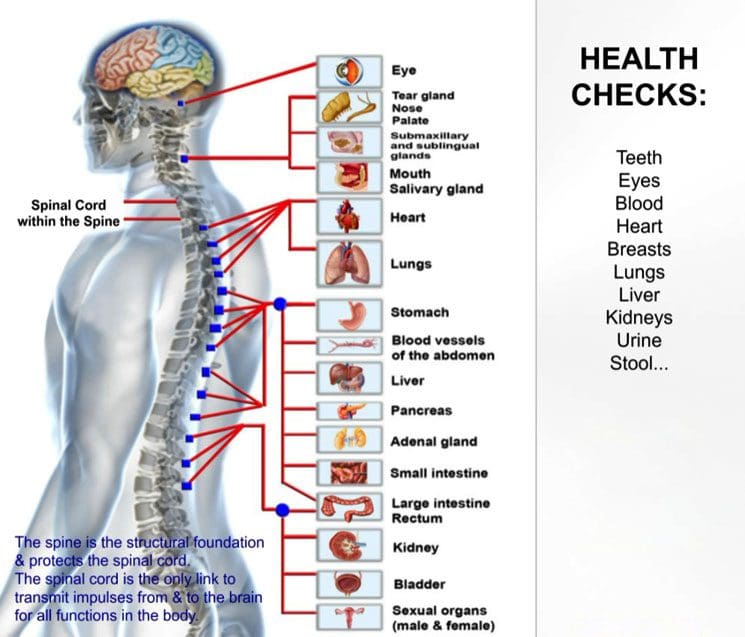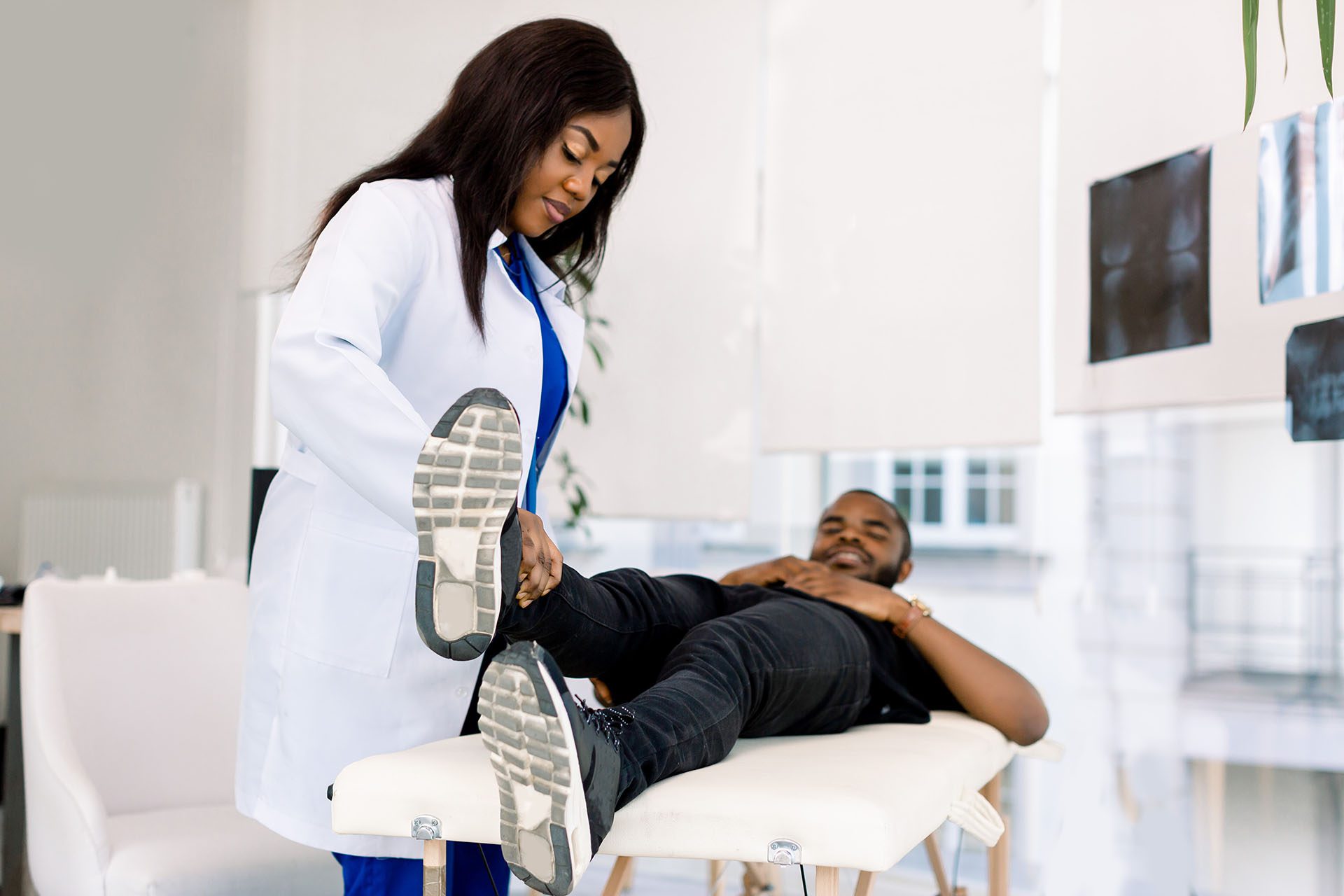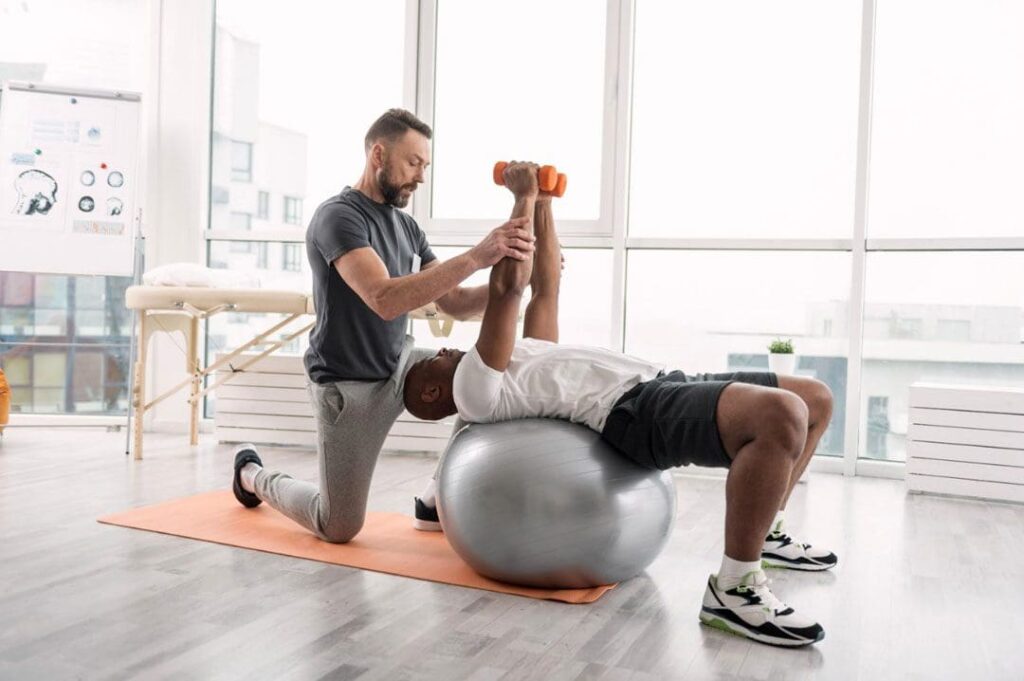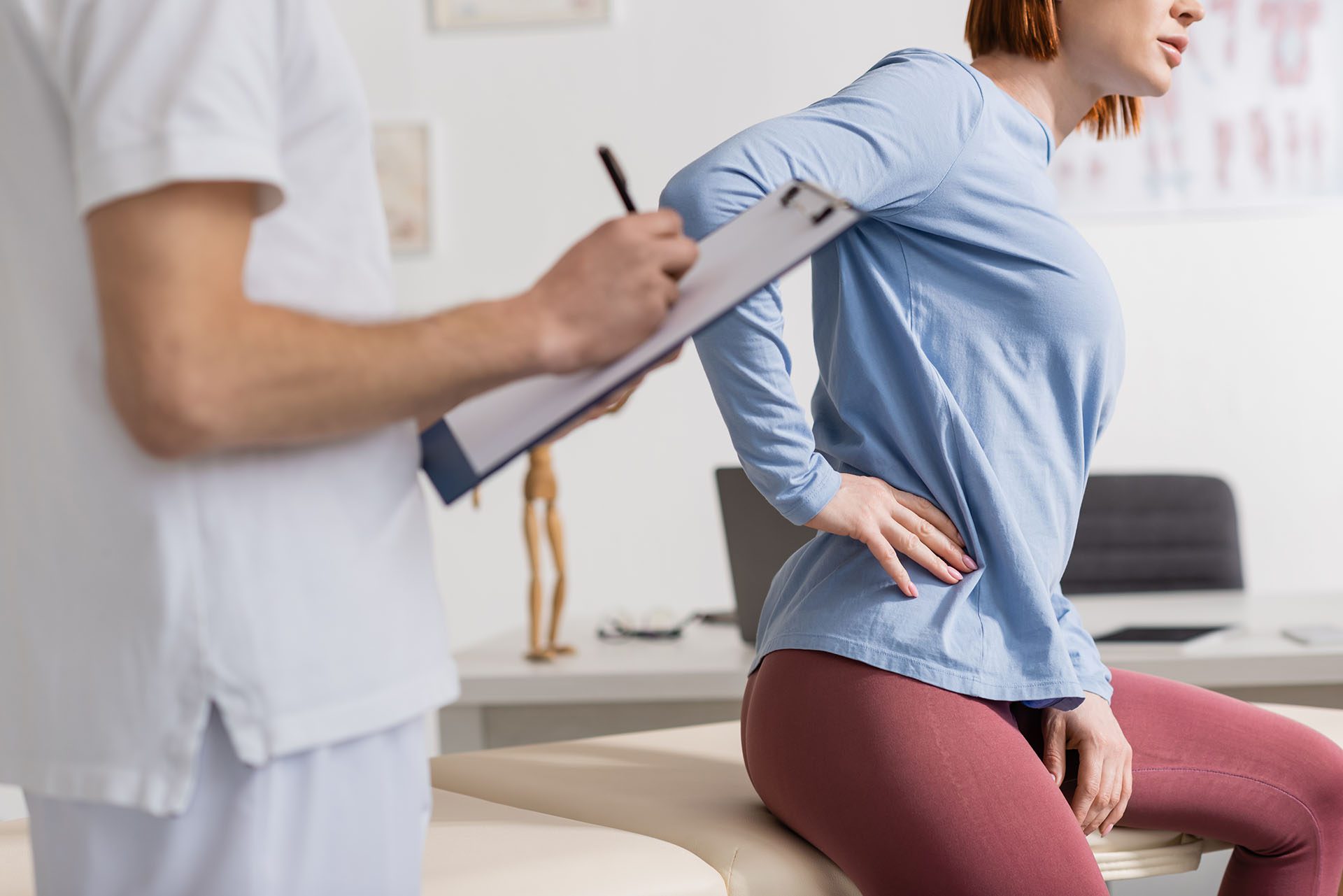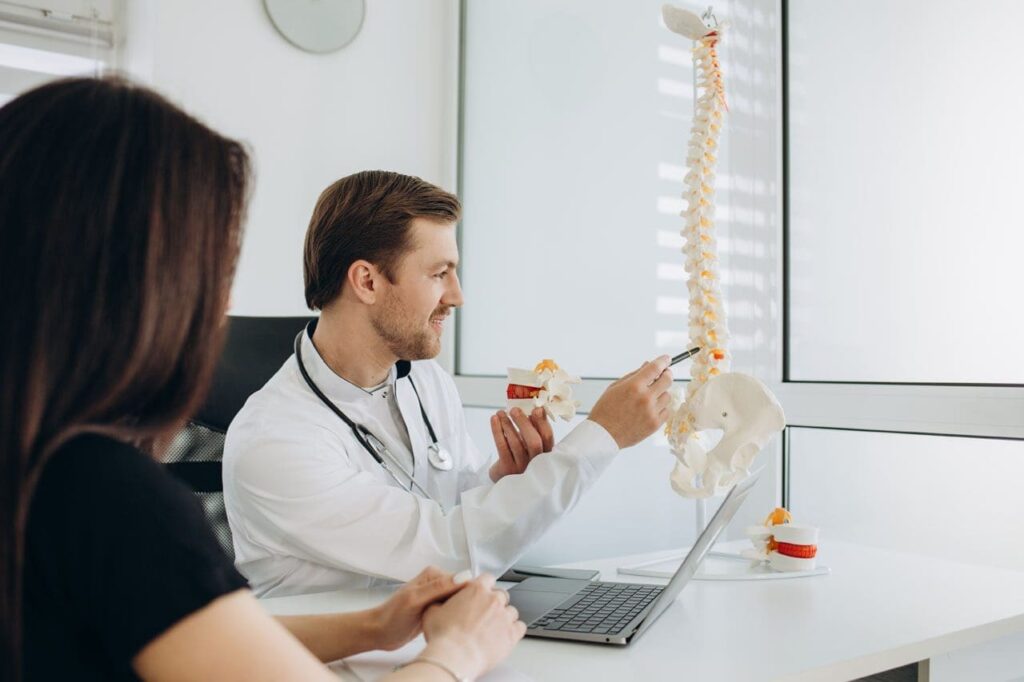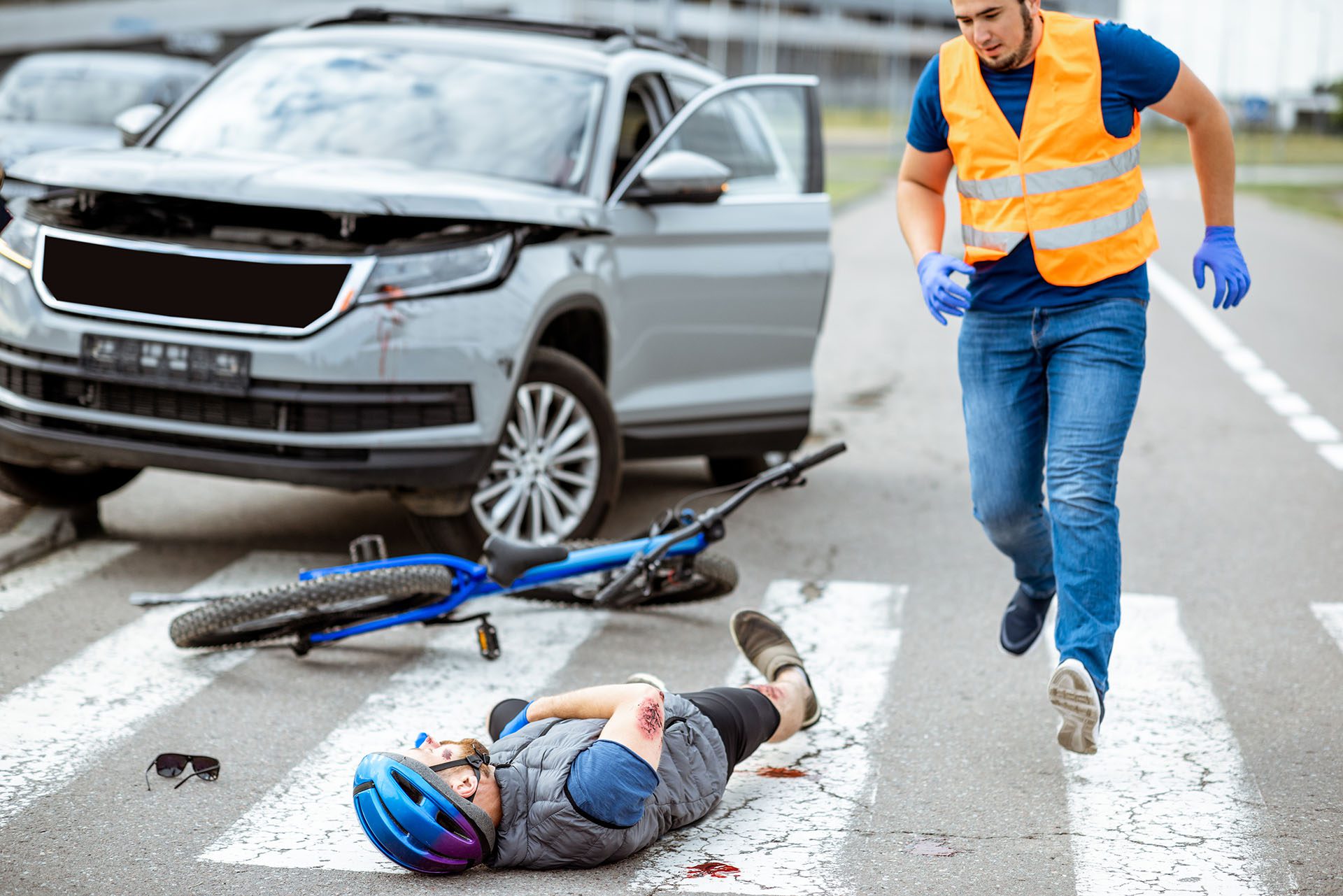Stiffness Uncovered: Role of Genes in Limited Mobility
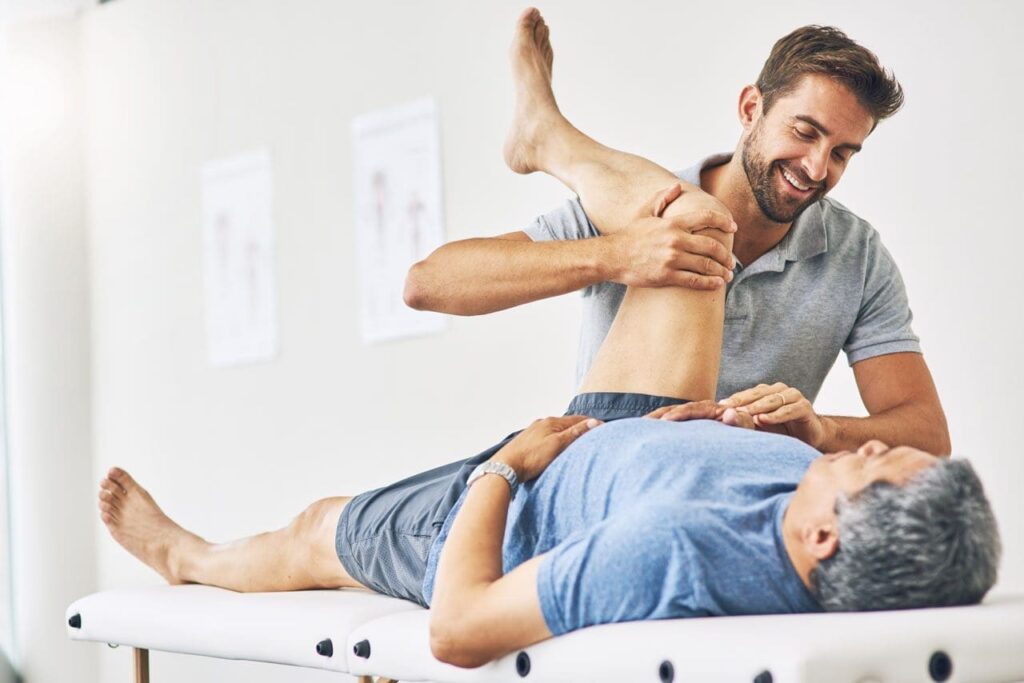
Why Some People Are Naturally Stiffer: The Role of Genetics and More
Have you ever noticed how some people can bend and stretch with ease while others feel stiff no matter how much they try? Flexibility varies widely from person to person, and while habits and age play a role, genetics can be a major factor in determining how naturally flexible—or stiff—someone is. This natural stiffness isn’t always a problem; it’s often just a normal variation in how our bodies are built. Understanding why some people are stiffer from a young age can help explain lifelong differences in range of motion and guide approaches to staying healthy and mobile.
The Genetic Influence on Stiffness and Flexibility
Genetics shape how our muscles and connective tissues are structured, which directly affects how flexible we can be. Connective tissues, like ligaments and tendons, are made up of proteins such as collagen, which provide strength and elasticity. Some people inherit gene variations that lead to stiffer connective tissues. For example, research suggests that mutations in genes like COL5A1, which control collagen production, can make tissues less elastic, reducing the natural range of motion (Xcode Life, 2023). This means that even from childhood, some individuals might struggle to touch their toes or perform deep stretches without effort.
Muscle fiber composition also plays a part. People with a higher percentage of slow-twitch muscle fibers, which are built for endurance, may experience more stiffness compared to those with more fast-twitch fibers, which are linked to explosive movements and greater flexibility (Alexander Orthopaedics, 2023). Additionally, certain genetic conditions, such as Ehlers-Danlos syndrome, can cause hypermobility (excessive flexibility), while other rare conditions might lead to stiffness. For instance, an inherited disorder resembling stiff-person syndrome has been observed across multiple generations, highlighting how genetics can cause joints to become rigid early in life (Moersch & Woltman, 1956).
Stiffness isn’t always a flaw—it can be a natural trait. Studies show that variations in genes affecting muscle and joint structure can create a spectrum of flexibility, with some people naturally stiffer as a protective mechanism against injury (PMC, 2020). This inherent stiffness may limit the range of motion but can also provide stability for activities such as weightlifting or sports that require strength over flexibility.
How Age and Habits Impact Flexibility
While genetics set the foundation, age and lifestyle habits can amplify or soften natural stiffness. As we get older, our muscles and connective tissues lose elasticity due to changes in collagen and reduced water content in tissues (Alexander Orthopaedics, 2023). This is why someone who was moderately flexible in their youth might feel stiffer in their 40s or 50s. However, age alone doesn’t tell the whole story—habits matter too.
Sedentary lifestyles, poor posture, or repetitive movements can tighten muscles and reduce flexibility over time. For example, sitting for long hours can shorten hip flexors, making it harder to bend forward. On the other hand, regular stretching or activities like yoga can improve flexibility, though the gains might be limited if someone’s genetics lean toward stiffness (Quora, 2023). Even with effort, someone with a naturally rigid body structure might not achieve the same range of motion as a naturally flexible person, showing how genetics can set a baseline that habits can only modify to a certain extent.
Clinical Insights from Dr. Alexander Jimenez
Dr. Alexander Jimenez, a nurse practitioner and chiropractor in El Paso, has spent years observing how genetics and lifestyle influence stiffness and injury recovery. Through his clinical practice, he notes that patients with inherent stiffness often report less flexibility from a young age, which can predispose them to certain injuries (Jimenez, 2023, https://dralexjimenez.com/). His approach combines chiropractic care, integrative medicine, and personalized treatment plans to address these natural differences and promote healing.
Treating Work, Sports, Personal, and Motor Vehicle Accident Injuries
Dr. Jimenez tailors his treatments to a variety of injury types, recognizing that stiffness and flexibility issues can complicate recovery. For work-related injuries, such as those from repetitive strain or heavy lifting, he uses chiropractic adjustments to realign the spine and relieve pressure on stiff muscles and joints. Sports injuries, like sprains or strains from overextension, benefit from targeted exercises and massage therapy to restore mobility while respecting natural stiffness limits (Jimenez, 2023, https://www.linkedin.com/in/dralexjimenez/).
Personal injuries and motor vehicle accident (MVA) cases often involve whiplash or soft tissue damage. Dr. Jimenez employs a combination of spinal decompression, acupuncture, and integrative medicine to reduce inflammation and promote natural healing. His dual role as a chiropractor and nurse practitioner allows him to integrate advanced diagnostics, ensuring treatments address both the injury and any underlying genetic factors contributing to stiffness (Jimenez, 2023, https://www.whatsapp.com/channel/0029VaLL6qY3rZZiMGQ0S32u/364).
Medical Care and Legal Documentation in Personal Injury Cases
In personal injury cases, especially those involving MVAs, Dr. Jimenez provides comprehensive medical care and meticulous legal documentation. He conducts thorough assessments to document the extent of injuries, using diagnostic tools like X-rays or MRIs to establish a baseline. This documentation is crucial for insurance claims or legal proceedings, ensuring patients receive fair compensation. His integrative approach, blending chiropractic care with medical management, supports recovery while providing evidence of treatment necessity (Jimenez, 2023, https://x.com/threebestrated/status/1947288030055678043).
Chiropractic and Integrative Medicine for Injury Causes and Health Enhancement
Chiropractic care and integrative medicine address the root causes of injuries, not just the symptoms. Dr. Jimenez uses spinal adjustments to correct misalignments that may worsen stiffness or limit motion, while massage therapy helps relax tight muscles. Acupuncture stimulates blood flow and reduces pain, aiding natural healing. Integrative medicine, including nutrition plans, addresses inflammation and supports tissue repair, thereby enhancing overall health and preventing long-term issues such as chronic pain or reduced mobility (Jimenez, 2023, https://www.instagram.com/reel/DMXxvgsiwAt/).
Clinical Correlation, Diagnosis, and Treatment
Dr. Jimenez’s dual-scope diagnosis combines chiropractic and medical perspectives to correlate patient injuries with their symptoms. For example, a patient with stiff joints after an MVA might undergo sophisticated imaging to assess spinal damage, followed by a treatment plan that includes adjustments, exercises, and anti-inflammatory diets. This approach ensures accurate diagnoses and tailored treatments, reducing the risk of future complications (Jimenez, 2023, https://www.facebook.com/reel/24240689962228572).
Preventing Long-Term Consequences
By addressing stiffness and injury early, Dr. Jimenez’s methods help prevent long-term consequences. Regular chiropractic care maintains joint function, while targeted exercises strengthen supporting muscles. Integrative therapies like acupuncture and nutrition enhance resilience, ensuring individuals can stay active and healthy despite genetic predispositions to stiffness (Jimenez, 2023, https://www.threads.com/@threebestratedofficial/post/DMXxwzOieix).
In conclusion, natural stiffness is a common variation influenced heavily by genetics, with factors such as muscle fiber types and gene mutations setting the stage for lifelong differences in flexibility. While age and habits can modify this trait, they can’t fully overcome a genetic baseline. Dr. Jimenez’s expertise in chiropractic and integrative medicine offers a path to manage stiffness and recover from injuries, promoting natural healing and long-term health through personalized care.
References
Alexander Orthopaedics. (2023). Why are some individuals more flexible than others? https://alexanderorthopaedics.com/blog/why-are-some-individuals-more-flexible-than-others/
Hopkins Medicine. (n.d.). Stiff person syndrome (SPS). https://www.hopkinsmedicine.org/health/conditions-and-diseases/stiff-person-syndrome-sps
Jimenez, A. (2023). Dr. Alex Jimenez health & wellness center. https://dralexjimenez.com/
Jimenez, A. (2023). Dr. Alex Jimenez DC, APRN, FNP-BC. https://www.linkedin.com/in/dralexjimenez/
Jimenez, A. (2023). WhatsApp channel. https://www.whatsapp.com/channel/0029VaLL6qY3rZZiMGQ0S32u/364
Jimenez, A. (2023). Facebook reel. https://www.facebook.com/reel/24240689962228572
Jimenez, A. (2023). Instagram reel. https://www.instagram.com/reel/DMXxvgsiwAt/
Michigan State University. (2024). Stiff person syndrome. https://healthcare.msu.edu/news/2024-06-13%20Stiff%20Person%20Syndrome.html
Moersch, F. P., & Woltman, H. W. (1956). Progressive fluctuating muscular rigidity and spasm (“stiff-man” syndrome): Report of a case and some observations in 13 other cases. JAMA Pediatrics, 112(6), 504-780. https://jamanetwork.com/journals/jamapediatrics/fullarticle/504780
PMC. (2020). Genetics of muscle stiffness, muscle elasticity and explosive strength. https://pmc.ncbi.nlm.nih.gov/articles/PMC7706646/
Quora. (2023). My body is naturally inflexible and stiff. I tried stretching a lot lately but still my flexibility is not improving much. Why is that? https://www.quora.com/My-body-is-naturally-inflexible-and-stiff-I-tried-stretching-a-lot-lately-but-still-my-flexibility-is-not-improving-much-Why-is-that
Three Best Rated. (2023). X post. https://x.com/threebestrated/status/1947288030055678043
Three Best Rated. (2023). Threads post. https://www.threads.com/@threebestratedofficial/post/DMXxwzOieix
Xcode Life. (2023). Is flexibility genetic? https://www.xcode.life/genes-and-fitness/is-flexibility-genetic/
Three Best Rated. (2023). Pinterest pin. https://www.pinterest.com/pin/1132936850022111288/

